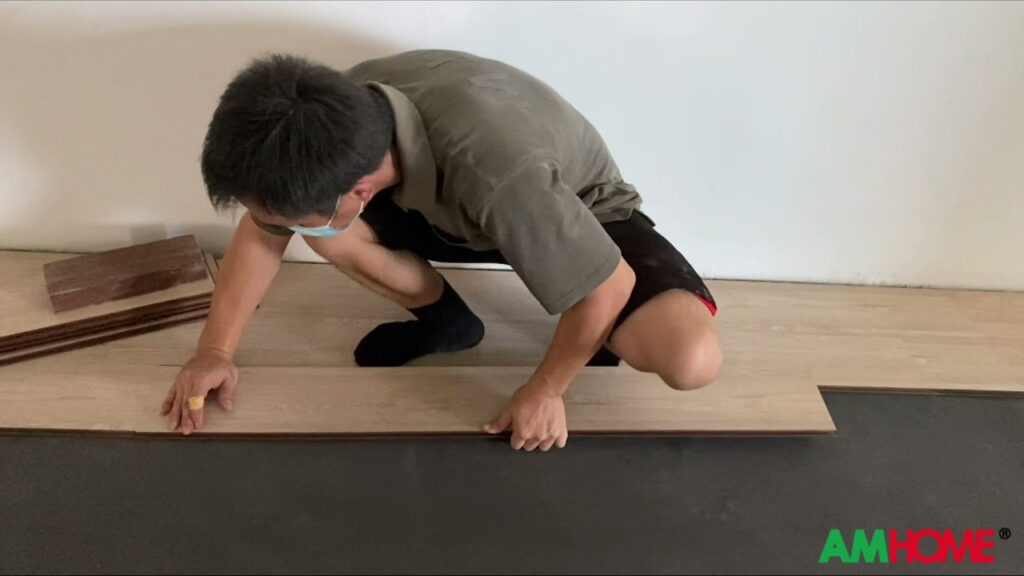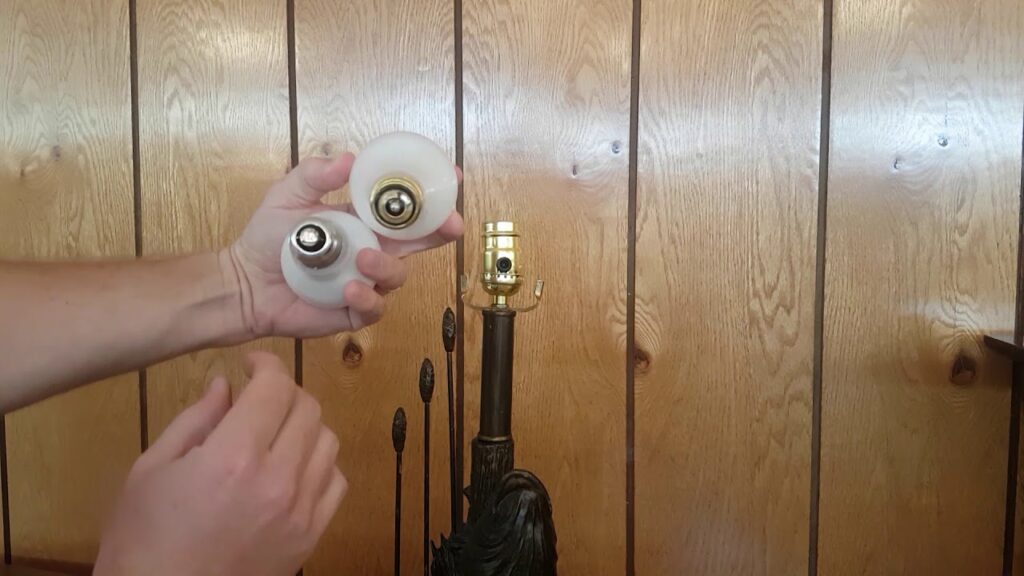The Impact of Moisture Content on Concrete Floors and Slabs
Moisture content has a significant impact on the performance and longevity of concrete floors and slabs. Excessive moisture in concrete can lead to a range of issues, including decreased strength, increased cracking, and reduced durability. It is essential to monitor and manage moisture content during the installation and maintenance of concrete floors and slabs to ensure long-term structural integrity.
High moisture content in concrete can result in adhesion problems when installing flooring materials such as tiles, hardwood, or vinyl. This can lead to delamination, warping, and mold growth, compromising the appearance and safety of the floor. Additionally, excessive moisture can accelerate the deterioration of surface coatings and sealants, leading to costly repairs and maintenance.
Furthermore, elevated moisture levels in concrete can contribute to the growth of mold, mildew, and bacteria, posing potential health risks to building occupants. In environments with high foot traffic or where hygiene is critical, such as commercial kitchens or healthcare facilities, managing moisture content in concrete floors is crucial for maintaining a clean and safe environment.
Methods for Reliable Testing of Moisture Content
When it comes to testing moisture content, various reliable methods are available to ensure accurate results. One common method is the oven-drying method, which involves placing a sample in an oven at a specific temperature for a set period to evaporate the moisture. Another reliable approach is the Karl Fischer titration method, which is particularly effective for testing the moisture content of liquids. This method involves a chemical reaction that precisely determines the amount of water present in a sample.
A third reliable method for testing moisture content is the use of moisture meters. These instruments come in various types, such as resistance meters, capacitance meters, and microwave meters, each offering different levels of accuracy and applicability to different materials. Additionally, the calcium carbide method, which involves the reaction of calcium carbide with water to produce acetylene gas, can be used to determine the moisture content of a sample.
Utilizing these reliable methods for testing moisture content is essential for ensuring the quality and safety of various products and materials. By employing the most suitable method for a specific material or product, accurate moisture content data can be obtained, leading to informed decisions and regulatory compliance.
Common Issues Arising from Unchecked Moisture in Concrete
Unchecked moisture in concrete can lead to a variety of common issues that can compromise the integrity and longevity of concrete structures. One of the most prevalent challenges is the formation of efflorescence, a powdery white deposit that appears on the surface of concrete due to moisture migration. This can not only detract from the visual appeal of the concrete but also indicate potential damage to its composition.
The presence of unchecked moisture can also result in the development of mold and mildew, particularly in areas with high humidity or where water intrusion occurs. These biological growths not only create unsightly stains on concrete surfaces but can also pose health risks and accelerate the deterioration of the concrete itself.
In addition, moisture within concrete can lead to the corrosion of embedded metal elements, such as reinforcement bars. This corrosion can weaken the concrete structure, leading to potential safety hazards. Furthermore, unchecked moisture can contribute to freeze-thaw damage in colder climates, where water within the concrete expands and contracts, causing cracks and deterioration over time.
Unchecked moisture in concrete can lead to a variety of common issues that can compromise the integrity and longevity of concrete structures. One of the most prevalent challenges is the formation of efflorescence, a powdery white deposit that appears on the surface of concrete due to moisture migration. This can not only detract from the visual appeal of the concrete but also indicate potential damage to its composition.
The presence of unchecked moisture can also result in the development of mold and mildew, particularly in areas with high humidity or where water intrusion occurs. These biological growths not only create unsightly stains on concrete surfaces but can also pose health risks and accelerate the deterioration of the concrete itself.
In addition, moisture within concrete can lead to the corrosion of embedded metal elements, such as reinforcement bars. This corrosion can weaken the concrete structure, leading to potential safety hazards. Furthermore, unchecked moisture can contribute to freeze-thaw damage in colder climates, where water within the concrete expands and contracts, causing cracks and deterioration over time.
Best Practices for Mitigating Moisture-related Problems in Concrete
Moisture-related problems in concrete can be a major concern for builders and property owners. Excessive moisture can lead to a range of issues, including mold growth, surface staining, and structural integrity problems. To mitigate these issues, it is essential to implement best practices for moisture control during the construction and maintenance of concrete structures.
Proper Site Preparation
Before pouring concrete, it is crucial to ensure that the site is properly prepared to prevent moisture-related problems. This includes proper grading to ensure proper drainage away from the concrete structure, as well as the installation of effective vapor barriers to minimize moisture infiltration from the ground.
Use of Quality Concrete Mixes
Choosing the right concrete mix is critical for minimizing moisture-related problems. Utilizing quality concrete mixes with proper water-cement ratios and admixtures can improve the concrete’s resistance to moisture, reducing the likelihood of issues such as cracking and spalling.
Effective Curing Practices
Proper curing is essential for reducing moisture-related problems in concrete. Implementing effective curing methods, such as the use of curing compounds or moist curing, can help prevent rapid moisture evaporation from the concrete surface, minimizing the risk of shrinkage and cracking.
Regular Maintenance and Inspection
Once the concrete structure is in place, regular maintenance and inspection are vital for identifying and addressing any moisture-related issues. This includes promptly repairing any cracks or damaged areas to prevent water ingress, as well as ensuring that drainage systems are functioning effectively to control moisture around the structure.
Implementing these best practices can significantly mitigate moisture-related problems in concrete, ensuring the longevity and performance of concrete structures. By addressing moisture concerns at every stage, from construction to maintenance, builders and property owners can minimize the impact of moisture on concrete and avoid costly repairs in the long run.
It is crucial to stay vigilant and proactive in combating moisture-related problems in concrete to ensure the structural integrity and durability of concrete structures over time.
Professional Insights: Expert Recommendations for Moisture Testing in Concrete
Concrete moisture testing is a critical aspect of construction projects, and it is essential to ensure accurate and reliable results to prevent potential issues in the future. Industry experts recommend utilizing a combination of moisture testing methods to assess the moisture content in concrete slabs effectively. This typically involves employing both surface methods such as ASTM F2170 for in-situ relative humidity testing and ASTM F2659 for moisture meter testing. By combining these methods, construction professionals can obtain a comprehensive understanding of the moisture conditions within the concrete, allowing for informed decision-making throughout the project.
In addition to employing multiple testing methods, experts emphasize the significance of following standardized procedures and protocols for moisture testing in concrete. Adhering to industry standards such as ASTM guidelines ensures consistency and accuracy in the testing process, leading to reliable results that can inform crucial decisions regarding flooring installation, moisture mitigation, and overall project timelines. Furthermore, experts underscore the importance of utilizing advanced moisture testing equipment and technologies to improve the precision and reliability of moisture testing results, ultimately minimizing the risk of moisture-related issues in concrete structures.
Furthermore, experts emphasize the significance of proactive moisture testing at various stages of construction to identify and address potential moisture-related issues early on. By conducting initial moisture testing before placing floor coverings and conducting follow-up tests as the project progresses, construction professionals can effectively monitor and manage moisture levels in concrete, mitigating the risk of flooring failures, microbial growth, and other costly problems associated with excessive concrete moisture. Through diligent and comprehensive moisture testing practices, industry experts aim to facilitate the successful and durable performance of concrete structures in diverse construction applications.


